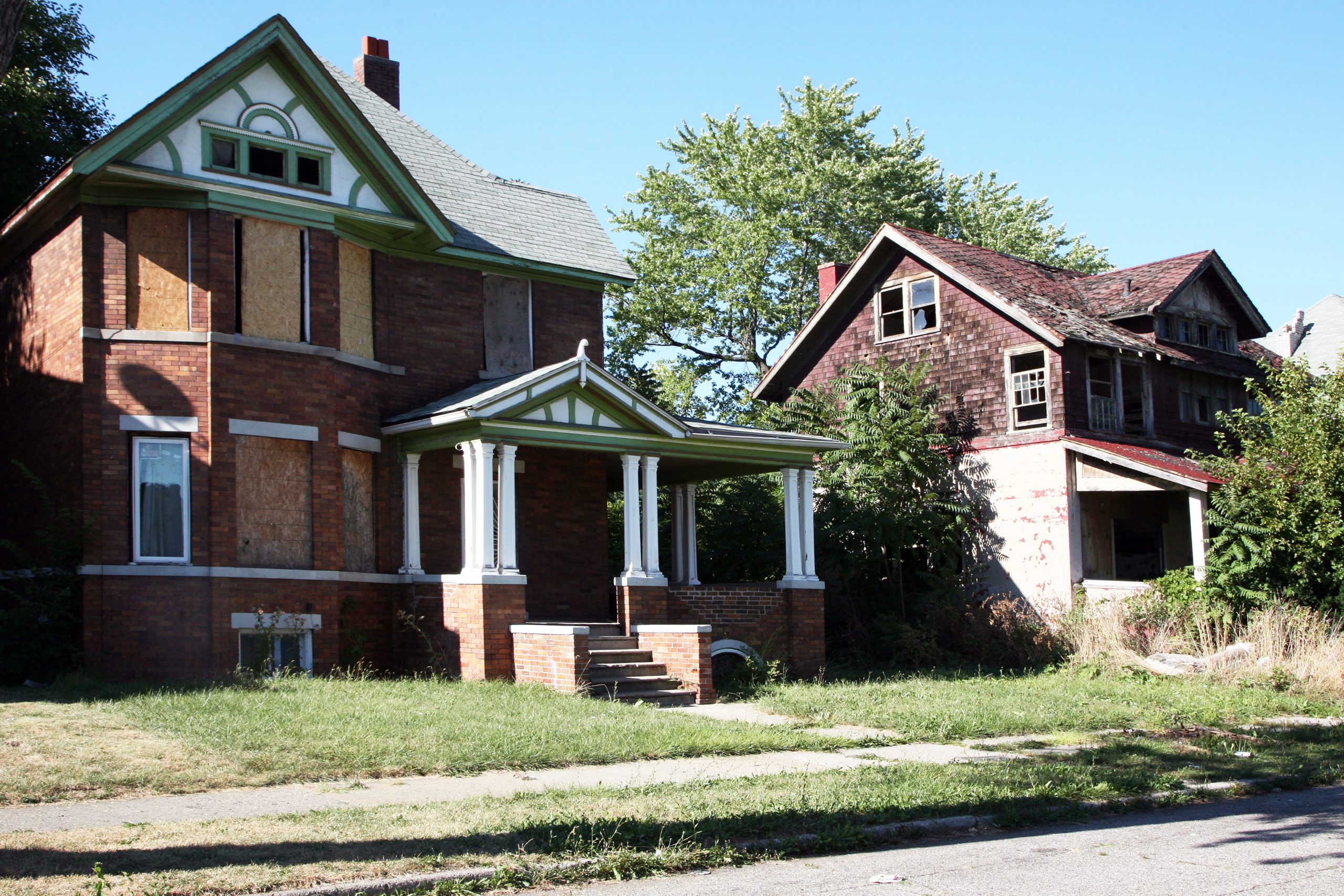
Some buyers regard them as diamonds in the rough – homes that are rundown or neglected. These buyers can see through the grime and the dilapidation and can’t wait to start renovating. If you’re one of those folks, then you’re a breed apart.
The archetypal fixer-upper is only right for a buyer who has sufficient finance – and skills – for the challenge and is prepared to put in the work to return the property to its original state, or better. It’s usually a labor of love and a lot of commitment.
As an experienced real estate agent in our neighborhood, I love to see an old beauty brought back to life, but caution that not every rundown property is a sound purchase.
Location is critical to its value and ability to deliver a return on investment when the time comes to sell. If you’re prepared to go through the experience of remodeling, then only do it with a property that’s in a location future buyers will regard as premium.
Negotiating the right price for one of these properties is also important. Ahead of any purchase, you’ll need to bring in the specialist inspectors to evaluate the scope of the work. Your ability to find the right architect and hire the most suitable contractors will also be critical to making your dream home a reality.
I’ve seen many buyers fizz with the excitement at the challenge, and when reality hits months later they’re battling to keep their spirits up.
But never forget this: if you buy the right fixer-upper, then you make money from the moment you take ownership. I’d be delighted to help you assess the value and potential of properties like this in our local market.
In the meantime, here’s my guide on how to approach the challenge.
- Return on investment – Be confident that you’re going to make a profit, otherwise it’s not a bargain. For good payback, you want a minimum of three bedrooms. (Actually, the more bedrooms the better.) Two existing bathrooms is a tick in the box, too.
- Location is critical – Avoid busy roads, intersections, and any other areas that you believe are undesirable. Check-out access to local amenities and see if other properties in the neighborhood are appropriately maintained. Buying a rundown house in a rundown area can be financially risky.
- Room design – If the floor plan meets the demands of modern living, then this will save you a lot of time and money. Pulling down and erecting walls can be expensive, especially if supporting structures are involved. You want an open-plan flow through the home to meet buyer demands. Bedrooms should be grouped, or you’ll alienate many families when the time comes to sell.
- Don’t sweat the cosmetics – There are lots of elements of a rundown home that are easily fixed, such old wallpaper, peeling paint, smelly carpet, broken baseboards, windows and doors. Don’t fret about these. Instead…
- Here’s where you pay attention – The foundations, overall structural integrity, drainage (especially if there’s a basement), rising damp, quality of roofing and any associated water damage.
- Inspections you need – Invest in an engineering report, a sewerage inspection and pest inspection. It’s a good idea to also ask for reports from an electrician and plumber. If the property is dilapidated, you can assume the house will need to be re-wired and the plumbing updated.
Despite all these challenges, I know many buyers who have enjoyed remodeling their fixer-upper and counted it as an experience of a lifetime that also had some sweet financial rewards.
